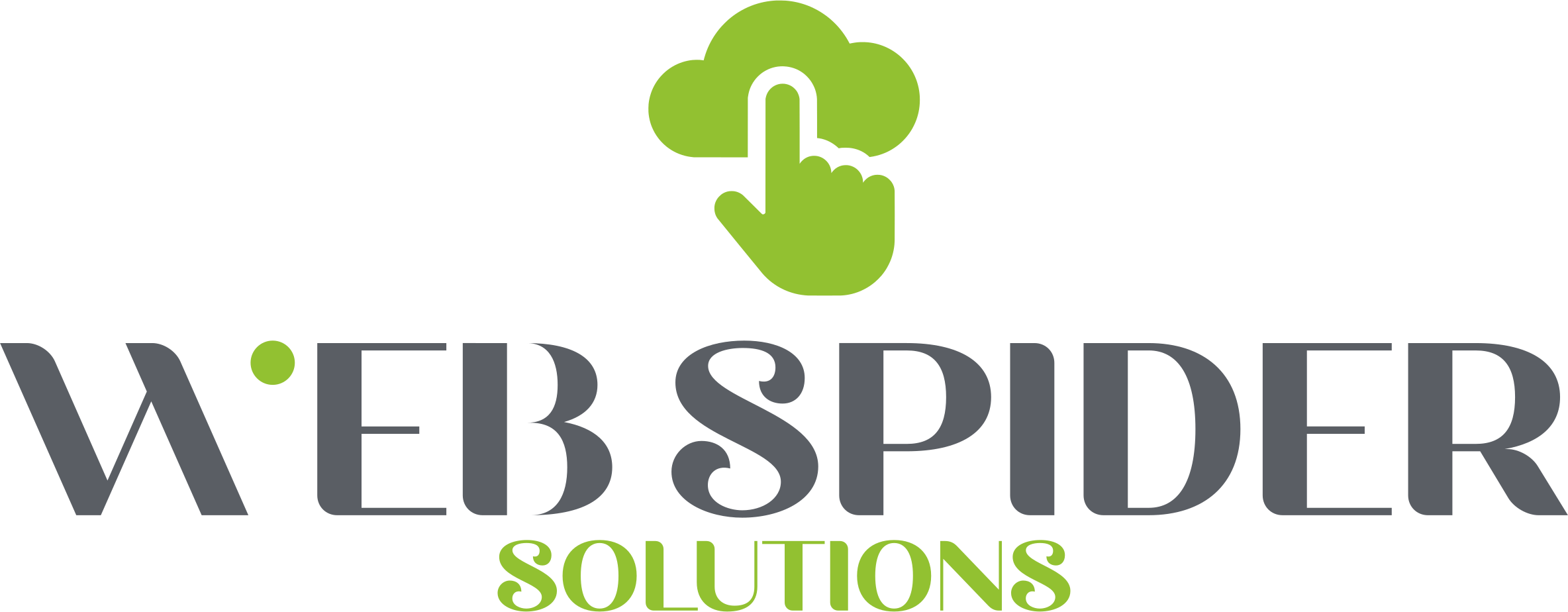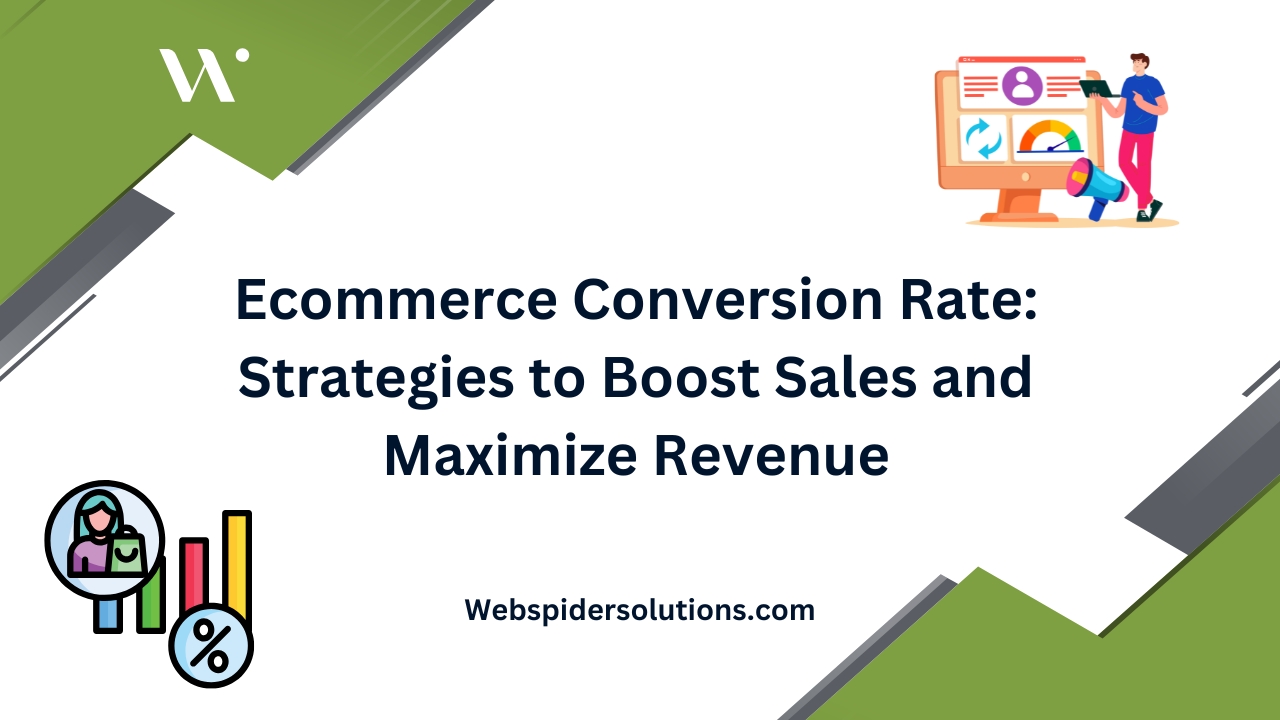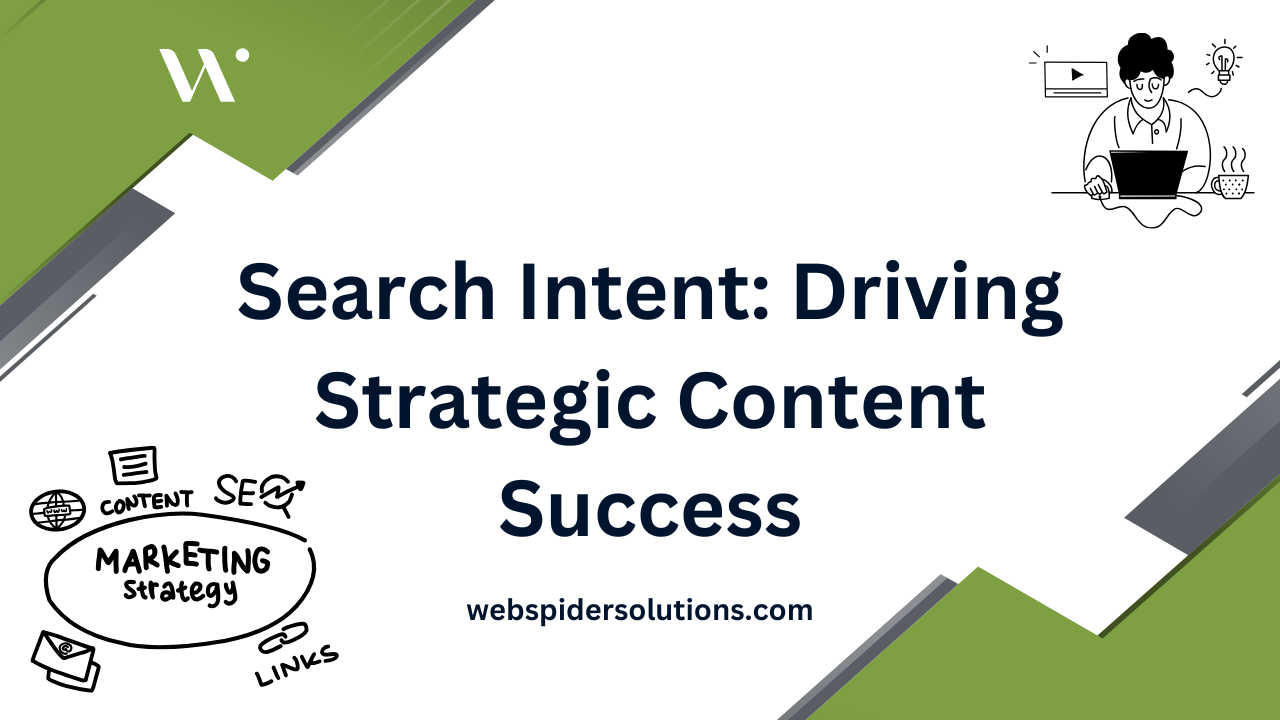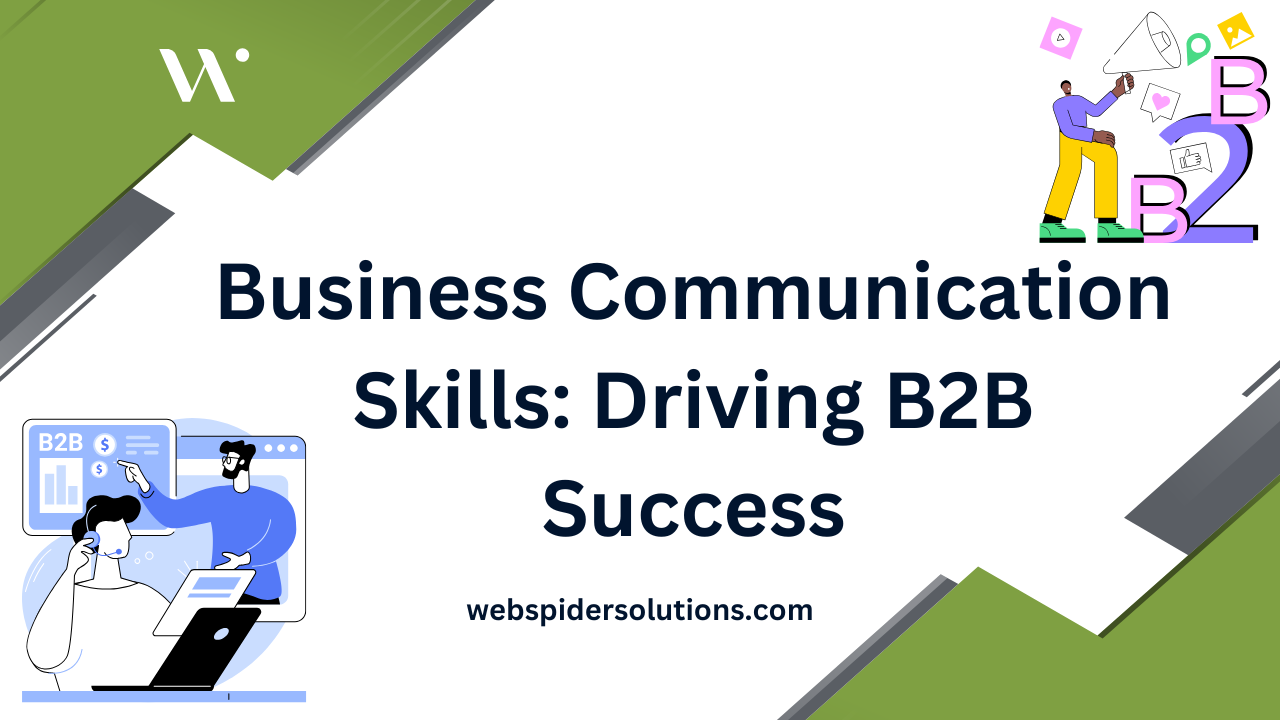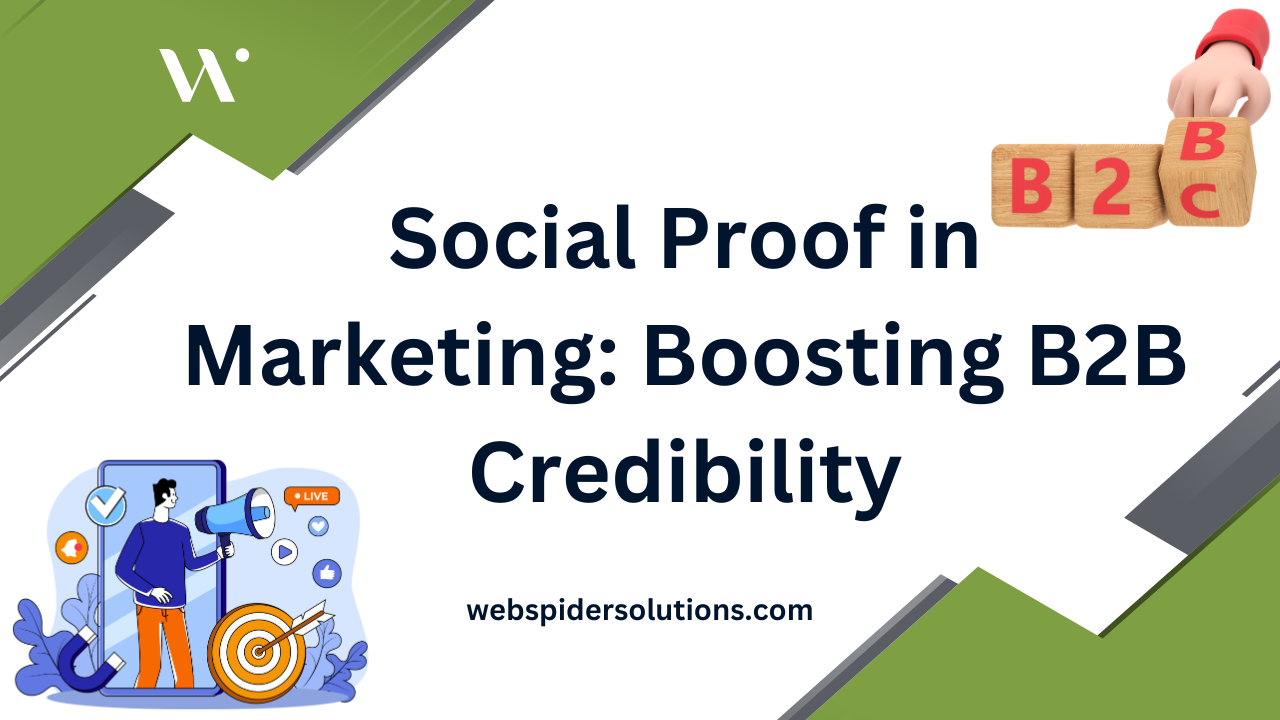An ecommerce success depends on converting website traffic into actual paying customers instead of merely attracting visitors. The combination of speeding up websites with better mobile functionality and superior user interface will dramatically increase conversion metrics. Your strategies can achieve better results through the implementation of AI-based personalization systems and A/B tests. Your data analysis through the combination of Google Analytics and heatmaps becomes effective for optimizing conversion rate optimization (CRO) strategies.
Key Takeaways:
- Enhance website speed together with mobile performance and user experience so consumers stay longer on your site and convert into customers.
- Since goals for sales and customer interaction lie in AI-enabled personalization features your company should implement them.
- Multiple website component tests and evaluations over time help you improve your conversion tactics.
What is Ecommerce Conversion Rate?
Website visitors transforming into desired action-takers counts as the ecommerce conversion rate. Desired actions include buying products and subscribing to newsletters and creating shopping carts. Your site demonstrates effective user guidance when it reaches high conversion rates which results in both business expansion and increased revenue increments.
Why is Ecommerce Conversion Rate Important?
Your ecommerce conversion rate when optimized effectively impacts directly the profitability metrics. A minor growth in conversion rate yields substantial outcomes for revenue numbers.
Key Benefits:
- Cost Efficiency: A higher conversion rate helps decrease marketing expenses since it enables the reduction of paid advertising dependence.
- Improved Customer Insights: Understanding customer behavior helps refine marketing strategies and website structure.
- Better Marketing ROI: Enhanced Marketing ROI happens when conversion rates achieve optimal levels thus leading to higher return on investment (ROI).
- Competitive Edge: A site operating at high levels produces increased customer loyalty and brand trust which makes you stronger than competitors.
- Long-Term Growth: Extended Business Sustainability Comes from Enhanced customer retention along with increased customer lifetime value (CLV).
How to Calculate Ecommerce Conversion Rate
To accurately measure your conversion rate, use this formula:
Conversion Rate = (Total Conversions / Total Visitors) × 100
For example, if 10,000 visitors land on your ecommerce site in a month and 500 complete a purchase:
(500 / 10,000) × 100 = 5% Conversion Rate
Top Tools to Track Ecommerce Conversion Rate
The correct selection of analytics tools will reveal important data insights to the user.
- Google Analytics: Tracks user behavior and conversion goals.
- Hotjar: Hotjar demonstrates user interactions by producing heatmaps together with session recording functionalities.
- Crazy Egg: Crazy Egg enables users to understand which areas on their website receive the highest interaction from users.
Industry-Specific Conversion Rate Benchmarks
Different industries experience varying conversion rates. Here are some benchmarks:
Industry | Average Conversion Rate |
Fashion & Apparel | 2.7% |
Health & Beauty | 3.3% |
Electronics | 1.9% |
Food & Beverage | 4.6% |
A conversion rate within standard industry limits requires you to examine both website design aspects alongside user experience elements along with marketing methods.
Strategies to Improve Your Ecommerce Conversion Rate
1. Optimize the Conversion Funnel
A smooth checkout process emerges from reducing additional steps and making form field entries simple along with letting customers check out without needing an account.
2. Implement AI-Powered Personalization
AI-driven recommendation systems deliver a better customer experience through their use. Amazon runs a system that generates 35% of total revenue from customized product recommendations.
3. Conduct A/B Testing
To maximize your conversions you should take samples of different CTAs and product descriptions and landing pages to discover which variations result in optimum success rates.
Key Factors Influencing Ecommerce Conversion Rates
1. Website Speed & Performance
Users tend to leave websites with slow performance since the delays create a poor experience. A single delay of execution causes conversion rates to decrease by 7% for each second. Your site needs to have optimized images as well as caching enabled and content delivery networks (CDNs) to enhance performance speed.
2. Mobile Optimization
A responsive design becomes crucial because mobile devices now generate more than 70% of ecommerce traffic.
3. User-Friendly Navigation
A clear navigation system alongside simple design layout and evident CTAs helps retain customers from being lost to competitors.
4. High-Quality Product Descriptions & Images
The quality of product descriptions together with unclear images leads buyers to lack confidence in their purchasing decision. Your investment should be focused on getting high-resolution images alongside complete product descriptions.
5. Establish Trust & Security
A site built on trust shows trust badges along with secure payment methods alongside genuine testimonials from satisfied customers.
Best Tools for Ecommerce Conversion Rate Optimization
- Google Analytics: Tracks conversion metrics and user behavior.
- Crazy Egg: Provides heatmaps for visual analysis.
- Optimizely: Facilitates A/B testing and personalization.
- Hotjar: Through the use of Hotjar businesses gain insight into customer struggles from captured session recordings.
- Klaviyo: Klaviyo operates an automatic email system which builds customer loyalty.
Measuring Success: Post-Optimization Metrics
The tracking of vital performance indicators (KPIs) helps you prove the values gained from your optimization work.
Essential KPIs:
- Bounce Rate: Bounce Rate represents the visitor population who exits the website without completing any desired task.
- Cart Abandonment Rate: Cart Abandonment Rate measures the percentage of users who stop their online shopping checkout process.
- Customer Lifetime Value (CLV): Predicts long-term revenue per customer.
- Average Order Value (AOV): Determines the average spend per transaction.
The Future of Ecommerce Conversion Rate Optimization
1. AI & Machine Learning for CRO
AI platforms will advance user targeting abilities as well as enhance customer experiences to boost conversion rates.
2. Voice Commerce & Conversational Shopping
People should optimize search strategies for voice technology and smart assistants because their usage continues to grow.
3. Augmented Reality (AR) Shopping
The combination of IKEA and Sephora as well as other brands utilizes AR technology to enhance their online shopping experience to build customer-brand trust relationships.
Conclusion
Businesses need to concentrate on three key areas for optimized ecommerce conversion rates: website speed alongside user experience combined with personalization measures. By implementing AI-driven recommendations and conducting A/B testing together with providing trust signals a company can achieve higher conversion rates and accelerated business growth.
With Webspidersolutions put these methods into action right now to experience rapid growth in your online sales operations.

